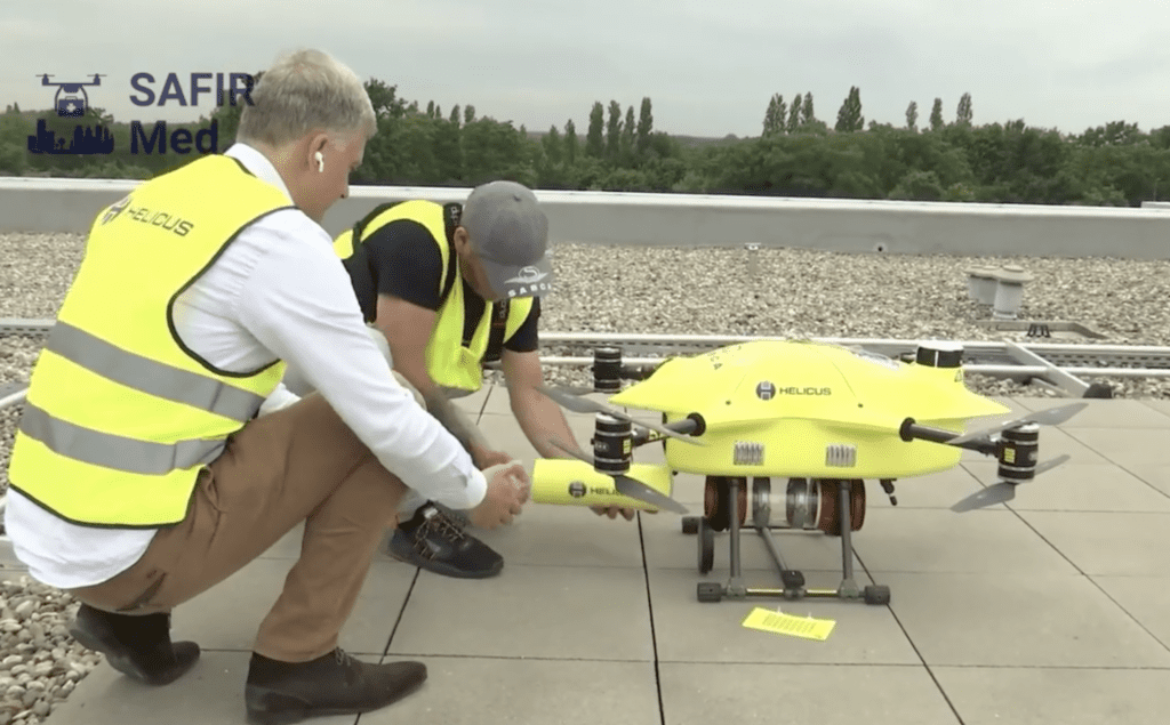Heron AirBridge and SITA initiate proof of concept to advance urban air mobility for Singaporean airspace
Heron AirBridge, known for its comprehensive unmanned aircraft system traffic management (UTM) solutions, has entered into a proof of concept (PoC) agreement with globally acclaimed travel and transport technology provider SITA.
The objective is to collaborate on urban air mobility (UAM) vertiport solutions for Singaporean airspace by integrating Heron AirBridge’s UTM system with SITA’s vertiport solutions.
This strategic agreement is part of an ongoing effort to develop an end-to-end framework of workflows and processes for the safe and efficient operation of advanced air mobility (AAM) vehicles within urban environments. The initiative focuses on connecting Heron AirBridge’s advanced and flexible UTM system to SITA’s new Vertiport Management System (VMS) and building a first minimum viable product (MVP) that will enable dynamic real-time data exchanges between the vertiport system, the eVTOL operators and the UTM from the flight scheduling phase to the time of the actual flight operation.
Ryan Lee, CEO and cofounder of Heron AirBridge, said: “SITA is a world leader of air transport communication and information technology. We are excited and proud to be selected as their go-to partner for this opportunity. This partnership symbolises the close cooperation needed between companies from different regions to work together to develop best-in-class services that will benefit the emerging advanced air mobility industry globally.”
The partnership will leverage both parties’ expertise, capabilities, and extensive network. SITA is already collaborating with several UAM and vertiport operators. The new alliance will fully complement existing partnerships to create a scalable and robust model that connects eVTOLs, vertiports and UTM systems as one integrated eco-system.
“UAM represents an exciting evolution of the air transport industry and is currently experiencing rapid innovation and growth. As a collaborative innovator in the air transport industry, we’re uniquely positioned to support Heron AirBridge take the next steps in delivering operational excellence via the latest technologies,” Sumesh Patel, President Asia Pacific of SITA, added, “We’re excited to enrich and complement our overall vertiport infrastructure. With this latest strategic agreement, we are well positioned to deploy integrated land and airside solutions for any company or airport looking to build a vertiport.”
The SITA collaboration comes on the heels of Heron AirBridge’s accreditation by renowned audit and certification institution TÜV SÜD. The UTM technology specialist has recently received ISO 27001 certification for its cybersecurity services and drone mission and traffic management solutions, achieving the world’s most notable standard for information security management. The accreditation highlights the firm’s unwavering commitment to providing a secure digital aviation environment to support its growing partner base. It ensures that the Heron AirBridge platform meets rigorous security requirements, and that effective policies and controls are in place to minimize the risks of cyber-attacks.
Original article: Heron AirBridge and SITA initiate proof of concept to advance urban air mobility for Singaporean airspace
Author: Kanchan Nath
First published on Travel Daily Media



